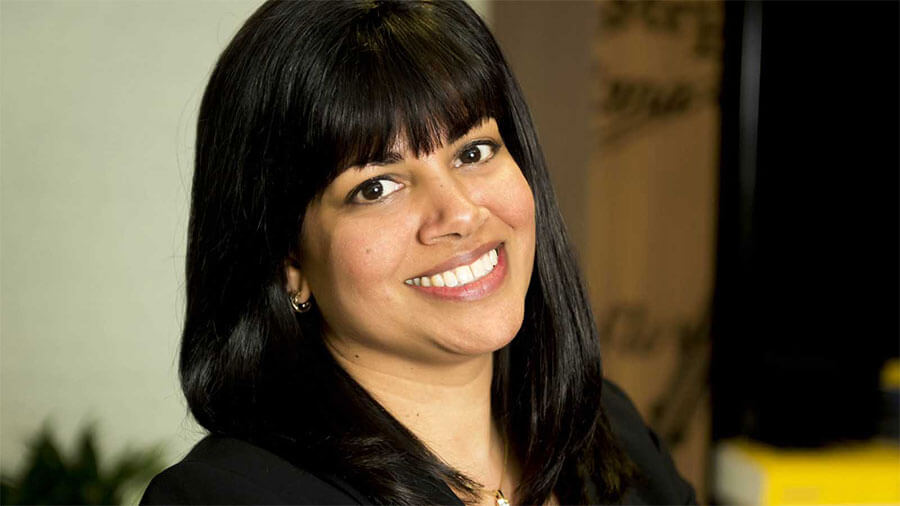Step 1: Pension nomination
If you are contributing to a pension scheme but have not yet taken any benefits, this can be a valuable part of your estate. Of course, many people have built up more than one pension pot, through different employments.
Most types of pension are included in the overall value of your estate for inheritance tax purposes, if you die before starting to receive it.
However, if there is proper documentation lodged with the pension scheme, a pension pot can be “nominated” to one or more chosen people. This means that the pension trustees have the option of exercising their discretion over the pension pot but they will often follow the policyholder’s written wishes.
Under the current rules, pension money nominated in this way could pass outside your estate for inheritance tax purposes.
If you have a pension pot which is not yet nominated, or for which the nomination is out of date for any reason, you should take action.
The first step would be to contact your pension provider for advice and current forms. It would be sensible to keep a copy of any nomination form you send back to the company and to place a copy of it with your Will.
Step 2: Death in service benefit nomination
If you are employed, then you may be eligible for a lump sum benefit, if you were to die “in service.” Often, this is expressed as a multiple of your annual salary.
In a similar way to a pension pot, you can formally express the wish for this amount to be paid to your chosen beneficiary/ies. In this way, under the current rules, it should pass outside your estate for inheritance tax purposes.
We recommend initially that you contact your employer’s HR representative to ask for the necessary form, which must be correctly completed and returned. Again, keep a copy in a safe place, ideally with your Will.
Whom should I nominate?
Often, it makes sense to nominate a spouse or civil partner. This can be invaluable if the spouse or civil partner will need funds just to carry on, for example, to stay in a particular house, or to bring up children.
However, this means that the benefit from the pension scheme will be added to the estate of the surviving spouse. Sometimes, that could have less desirable consequences later. For example, if the survivor would otherwise have been eligible for state support, this may be lost. If the survivor dies, his or her estate may pay inheritance tax on the sum received under the original nomination.
Use of Trusts
For money under a pension, it is possible for a trust to be set up.
This can provide that the beneficiaries of the lump sum payments would be chosen, from time to time, from amongst those nominated by the policyholder. These beneficiaries could include his or her spouse, children, more remote issue and any other persons, as required. Powers can be included to add potential beneficiaries in the future or remove potential beneficiaries. This is sometimes called a “Spousal Bypass Trust”.
The purpose is to enable the spouse to have any benefit required from the trust but to enable the rest of the trust fund to be transferred at a later date to other members of the policyholder’s family and thereby be kept out of account for inheritance tax purposes.
The contents of this article are intended for general information purposes only and shall not be deemed to be, or constitute legal advice. We cannot accept responsibility for any loss as a result of acts or omissions taken in respect of this article.

